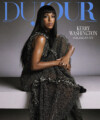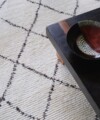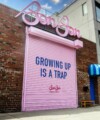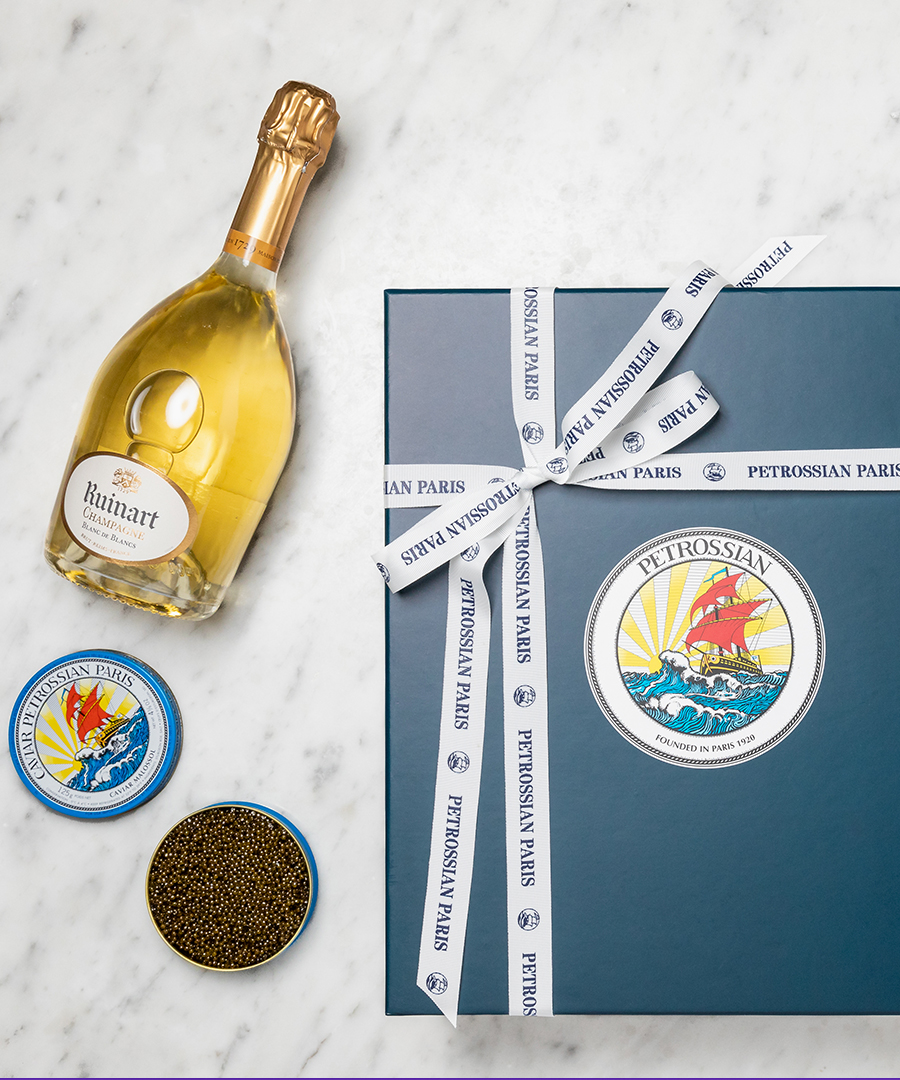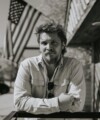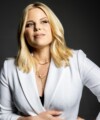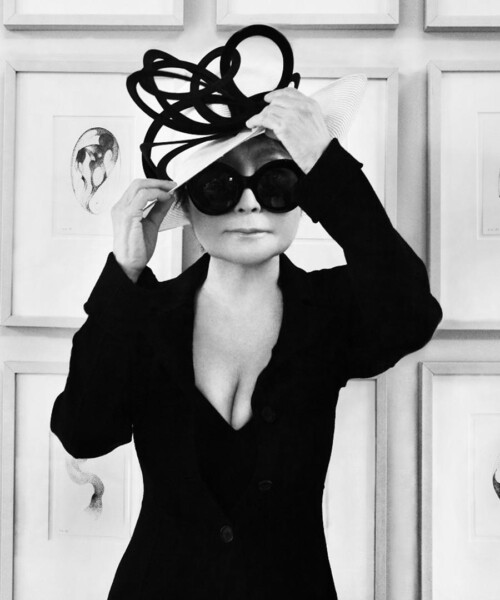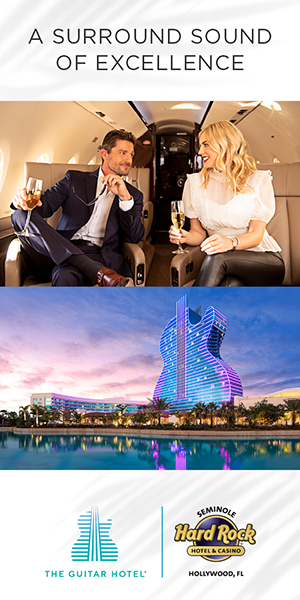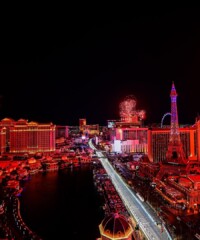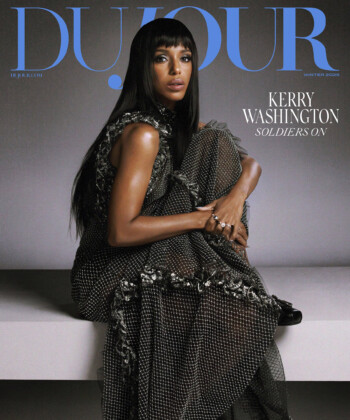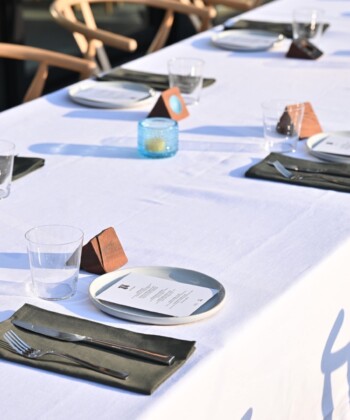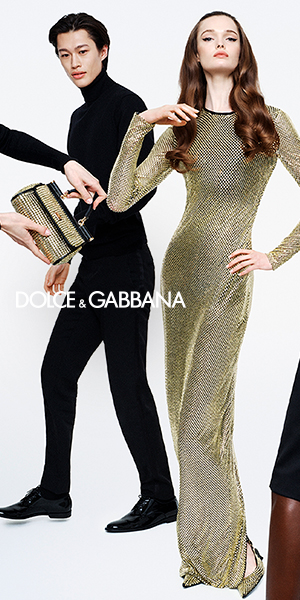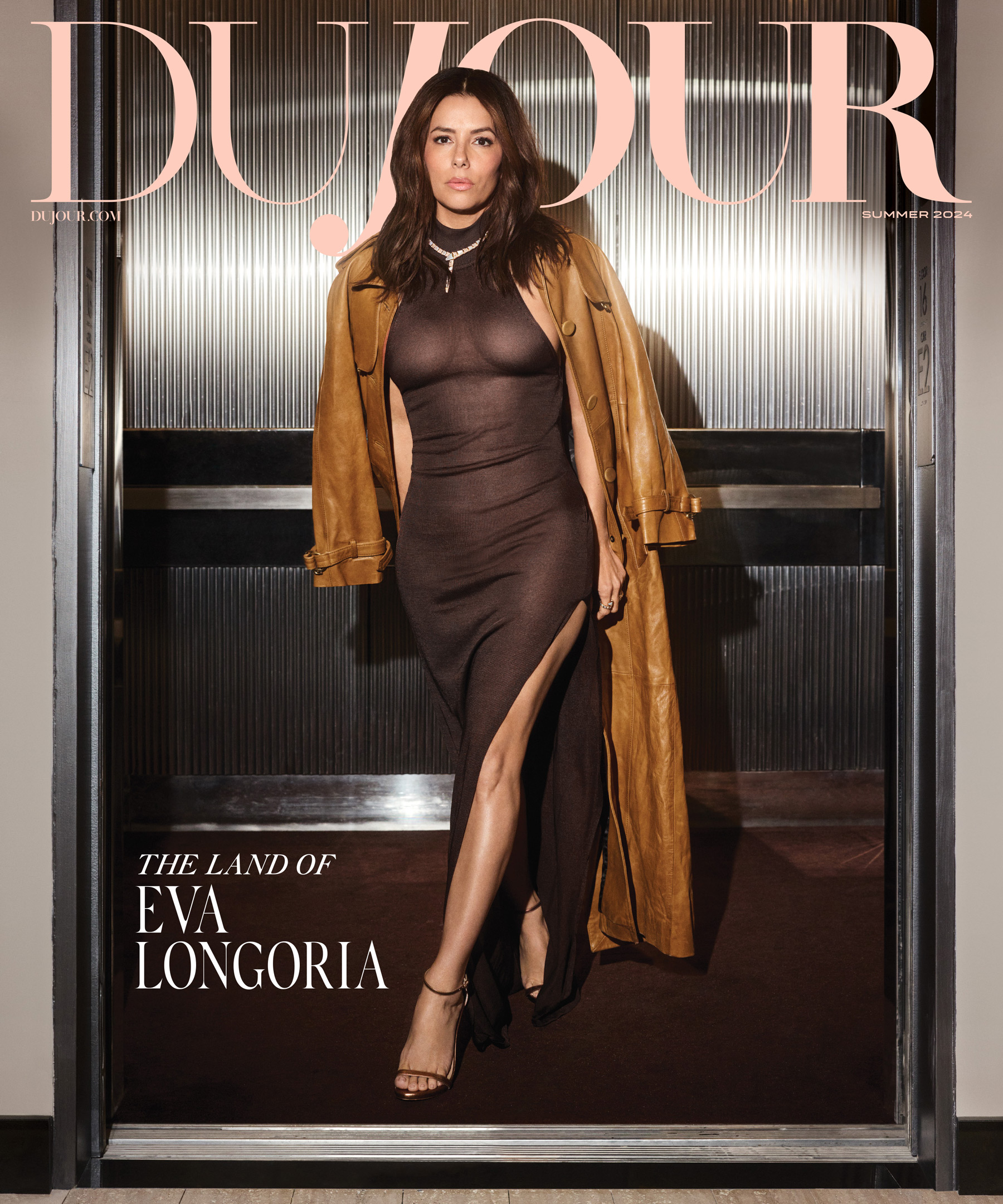Just last week, Yoko Ono, the award-winning artist, accomplished musician, and cultural icon released YOKOKIMTHURSTON, a full-length album in collaboration with Kim Gordon and Thurston Moore of the legendary rock band Sonic Youth. The record, with its captivating 14-minute first single “Early in the Morning,” features the three in an exciting, experimental musical conversation and finds Ono reveling in noisy, avant-garde guitar-based music and not the dance tracks that have kept the 79-year-old on the top of the charts in recent years.
DuJour caught up with Ono to find out about the album, her recent gig running the video screens in Times Square for Intentional Peace Day and her latest collaboration with her son, Sean Lennon.
You recently took over three huge video screens in Times Square, showing the words “Imagine Peace” in dozens of languages, to celebrate International Peace Day. Can you explain how you participated and what you hoped to achieve?
An incredible organization called Art Production Fund offered a grant to do a creative work on two billboards and one three-level billboard for the World Peace Day on Times Square.
You’ve been releasing records since the 1970s and have traversed a wide range of styles. How would you classify your new release, YOKOKIMTHURSTON?
It’s something that will give people musical challenge to their ears. Step to the future, if you like.
You’ve performed before with Sonic Youth’s Kim Gordon and Thurston Moore, your partners on this album. What makes the three of you compatible collaborators?
Each of us could have played with a tank, instead. But we loved the sensitivity of the music we were capable of creating together. With a tank, it may be a one-sided affair.
The lead single is a 14-minute track and the entirely of the album is a bit experimental. What do you hope listeners take from the songs?
Keep listening and it will grow on you.
The first single from this album was released as a fundraiser for Ashinaga Rainbow House. What made that charity important to you?
It is an organization helping children who are in need after losing their family members, mostly their parents, in the March 11th Earth Quake in Fukushima.
Dance music is a genre that’s been huge for you, racking up a number of hit singles. What appeals to you about making dance music?
I think dance is a very important way to go through life. If you are marching, you are likely to be shot. If you are dancing, it’s harder to shoot you. I love to dance as well. I love to see people dance, which makes their body react in joy, unlike when they are marching.
How are those dance projects different than some of your older work?
I don’t remix it myself. I discovered a whole group of incredibly talented and creative people who are making new musical formats and sound. I am delighted with my discovery and developing in me a joyful respect for them.
Music and art seem to keep you busy. What’s up next?
I am now making my next album, again teaming up wit h my son, Sean. After 30 years of making music together and separately, he is now a very creative and busy musician. I’m lucky that he still takes time to work with me.


